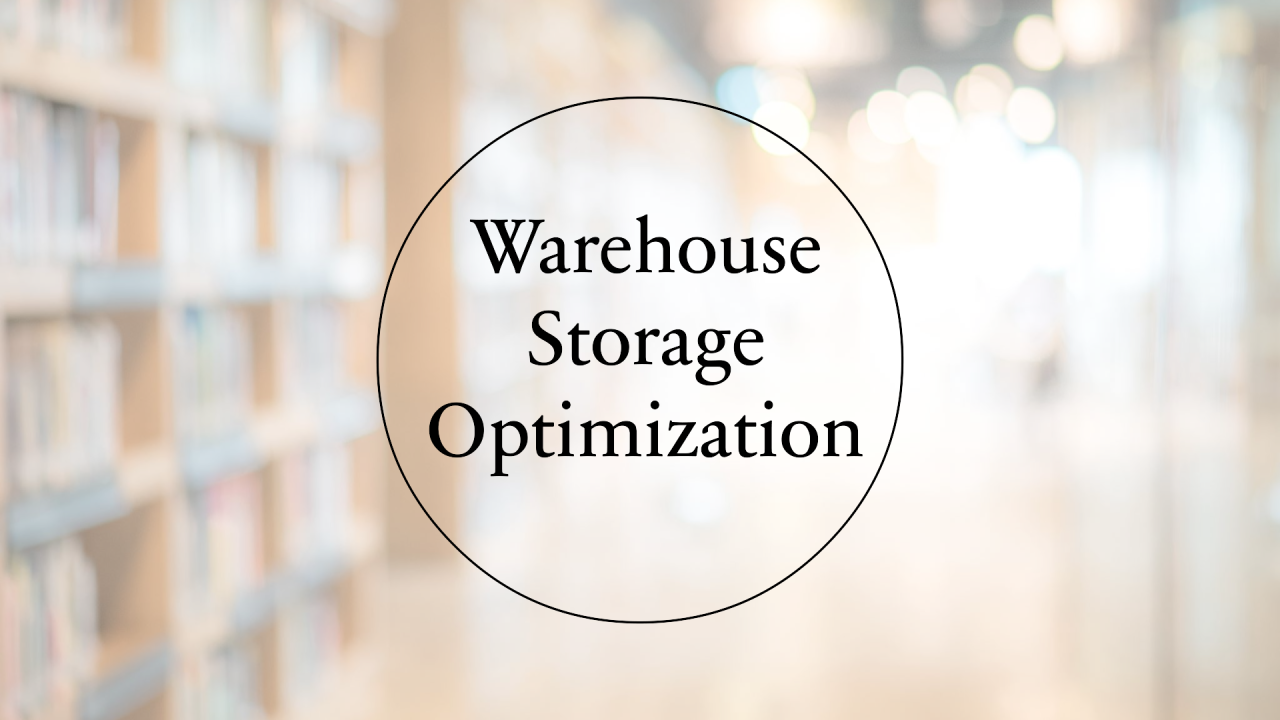
7 Effective Strategies for Optimizing Warehouse Storage
Jannatul Fardus
Digital Marketer || SEO Specialist || Linkedin Influencer || Youtube Channel Manager and Video SEO || Wordpress Yoast SEO Expert || Pinterest Marketing || Social Media Manager || FB Ads Expert
7 Effective Strategies for Optimizing Warehouse Storage
Introduction
Warehouse storage optimization plays a vital role in maximizing efficiency and profitability in the logistics industry. As businesses scale, managing storage becomes a challenge, leading to inefficiencies, wasted space, and higher costs. In this article, we explore seven proven strategies to optimize your warehouse space, enhance inventory management, and leverage technology like warehouse management systems (WMS) to streamline operations. For more insights on optimizing your warehouse, check out busy-do
1. The Role of Inventory Management in Optimization
A well-organized warehouse is impossible without robust inventory management. Effective inventory control ensures that stock levels align with demand, preventing overstocking or stockouts. Here’s how you can enhance inventory management:
Pro Tip: Integrate your WMS with other business software for seamless data flow and better decision-making.
2. Optimizing Warehouse Layout and Space
Your warehouse layout has a direct impact on productivity and efficiency. A well-optimized layout reduces travel time for workers and maximizes space utilization.
3. Leverage Vertical Space for Storage Expansion
When floor space is limited, look up! Utilizing vertical space is one of the most effective ways to expand storage capacity without increasing your warehouse's footprint.
Pro Tip: Regularly audit vertical storage systems to ensure they remain safe and efficient.
4. Automation and Technology Integration
Incorporating automation into your warehouse can transform how you manage space and streamline processes. Here’s how:
By integrating a WMS with automated systems, you can automate replenishment, reduce stockouts, and optimize warehouse layouts dynamically.
5. Improve Picking Efficiency with Data-Driven Insights
Picking is one of the most time-consuming tasks in warehouses. Optimizing the picking process can lead to significant time and cost savings.
Data analytics can help identify patterns in order fulfillment and suggest improvements to picking strategies.
6. Implement Lean Warehouse Practices
Lean warehousing focuses on eliminating waste and improving processes to enhance efficiency. This approach is perfect for optimizing storage and reducing costs.
7. Monitor KPIs and Continuously Improve
Optimizing your warehouse is an ongoing process. Regularly monitor Key Performance Indicators (KPIs) to ensure your strategies are effective.
By using data from your WMS and other software, you can continuously tweak your strategies for better results.
Conclusion
Warehouse storage optimization is essential for reducing costs and improving operational efficiency. By implementing these strategies—using technology like WMS, leveraging automation, and focusing on layout design—you can maximize your warehouse's potential. For more insights on warehouse management, visit busy-do
Call to Action Are these strategies helpful? Follow us on Medium for more articles on warehouse optimization and logistics. And don’t forget to explore our resources at busydo for more tips on optimizing your business operations.